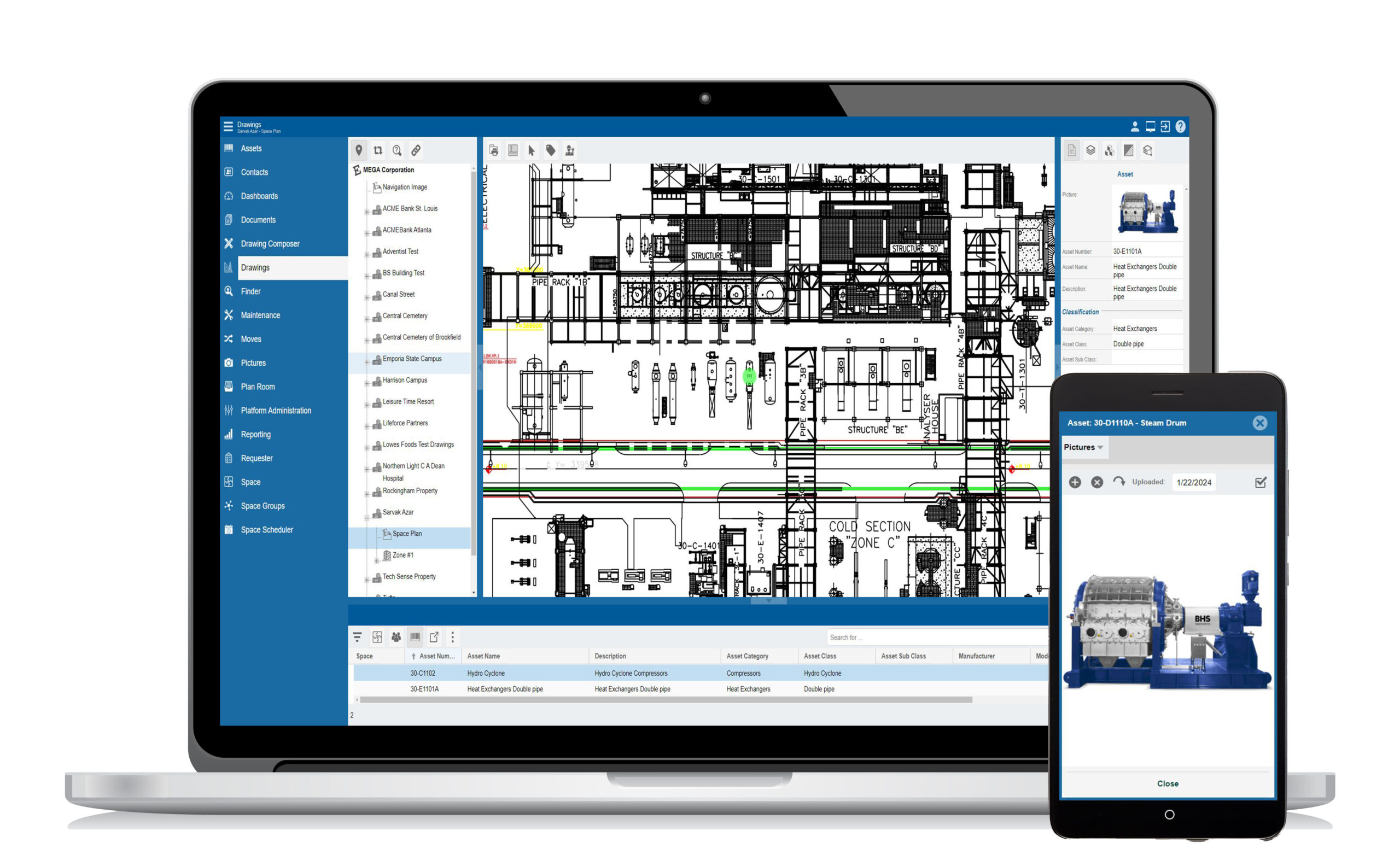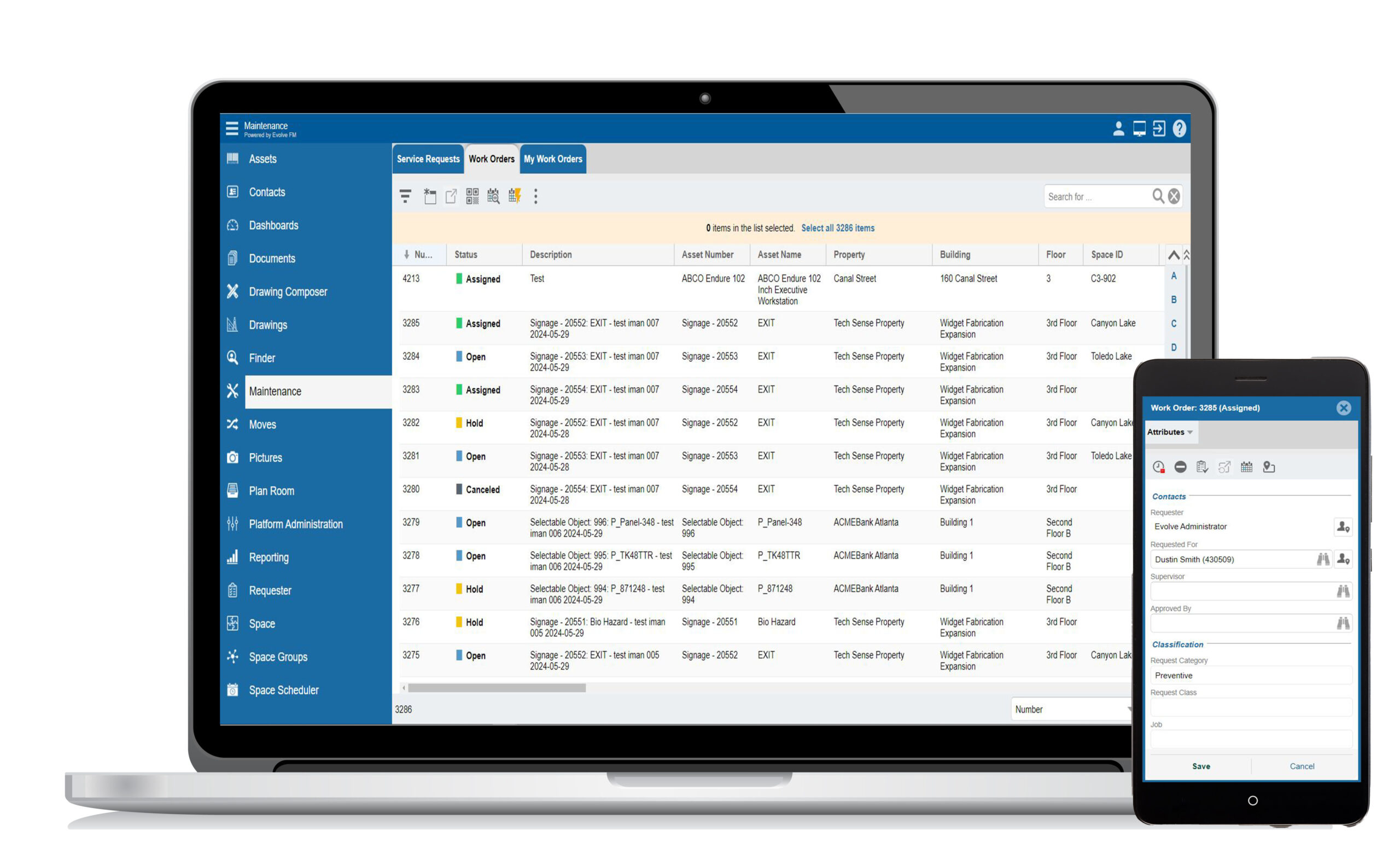

Table of Contents
Step #1: Define the problem
Step #2: Collect failure data
Step #3: Create a failure timeline
Step #4: Select useful data and discard the rest
Step #5: Administer the chosen failure analysis technique
Step #6: Review results, test and apply a solution
How to write your failure analysis report
What to include in the failure analysis report
Key takeaways
Table of Contents
Step #1: Define the problem
Step #2: Collect failure data
Step #3: Create a failure timeline
Step #4: Select useful data and discard the rest
Step #5: Administer the chosen failure analysis technique
Step #6: Review results, test and apply a solution
How to write your failure analysis report
What to include in the failure analysis report
Key takeaways
Step #1: Define the problem
- The failure that took place
- The information that needs to be gathered
- The failure analysis method that will be applied
- The anticipated outcomes of the failure analysis (objectives)
Step #2: Collect failure data
All pertinent information must be gathered. This encompasses both quantitative and qualitative data.
Quantitative data pertains to operational records, maintenance logs, machine age, and so forth. It can be sourced from:
- Maintenance documentation
- The CMMS database or any other system utilized for tracking asset health and performance
- Through troubleshooting efforts
- By conducting a visual assessment (as part of failure analysis)
Qualitative data, on the other hand, is not easily measurable. This type of information is acquired by interviewing machine operators, maintenance personnel, operations supervisors, and others. It is essential to collect all relevant data related to the failure.
Step #3: Create a failure timeline
Root causes lead to a sequence of events that produce the observable failures on the surface. The gathered data on failures can illuminate the series of events that occurred. With sufficient information, the analysis team can develop a timeline of failures. This acts as both a visual and cognitive tool to facilitate the analysis process.
Ideally, the timeline will clarify the relationships of cause and effect between the events.
Step #4: Select useful data and discard the rest
The timeline established in the earlier step is utilized to pinpoint valuable data. The quantitative and qualitative information gathered in step #2 is aligned with the events in the timeline. The data that is incorporated into the timeline is pertinent for the concluding analysis.
Any remaining data can be eliminated as it does not pertain to the events that led to the failure. This approach ensures that failure analysis teams do not expend time and energy on analyzing extraneous information.
Step #5: Administer the chosen failure analysis technique
The following stage involves implementing the selected failure analysis method (which we will cover in the upcoming section). The chosen approach varies based on the particular application, sector, and the expertise of the failure analysis engineers performing the assessment.
Step #6: Review results, test and apply a solution
The findings from failure analysis are examined thoroughly. Typically, the goal of failure analysis is to apply solutions that can avert similar failures in the future. Various proposed solutions are evaluated, and the most effective one is selected to enhance the system or machine.
How to write your failure analysis report
Once the analysis is complete, the next step is to compose the report. Although administrative tasks are rarely enjoyable, recording the procedures used, solutions tested, and conclusions drawn can be incredibly beneficial for future analyses of failures.
The level of detail in your failure analysis report will vary based on the type and extent of the analysis conducted.
For instance, a comprehensive field failure analysis following a product recall requires meticulous documentation. In this scenario, it’s advisable to gradually collect documentation and records throughout the process. You can subsequently reach out to all teams involved to gather their contributions, combine everything, and complete your failure analysis document.
Conversely, for a quick assessment of the malfunction of conveyor belt #3, a succinct one-page report may be adequate.
What to include in the failure analysis report
There isn’t a one-size-fits-all report that can be applied universally, as each organization has its own protocols and objectives.
We suggest relying on common sense. When someone reviews the report 15 months down the line while addressing a similar issue, what details will make their task safer, quicker, or more straightforward? Naturally, the intent of the report and its level of “formality” will influence its organization and the elements that need to be included.
Typically, aim to include the following sections:
- Introduction (reason for the analysis, the analysis’s scope…)
- Problem description (what occurred, the sequence of events that led to the issue…)
- General information (who conducted the analysis, failure analysis methods, and tests employed to collect data and dissect the problem)
- Findings (what the root cause was, along with any other significant observations that may not directly relate to the original goal of the investigation)
- Recommendations for corrective actions (an effective report should prioritize solutions and prevention rather than placing blame)
This may still seem a bit vague, so let’s examine some templates.
Key takeaways
Failure analysis serves a variety of functions and is highly adaptable. It can be utilized to examine previous failures, comprehend the mechanisms behind those failures, and foresee potential future failure modes.
There is no universal solution for performing failure analysis. The choice of technique will be influenced by the objectives of the analysis, the resources at hand, access to pertinent data, and the preferences and expertise of the failure analysis team.
Get started today
Using Evolve FM’s comprehensive Facility Management Platform, you can create the perfect workplace experience for every employee and achieve unparalleled time to value. Allow our specialists to assist you in transforming your digital workplace.

